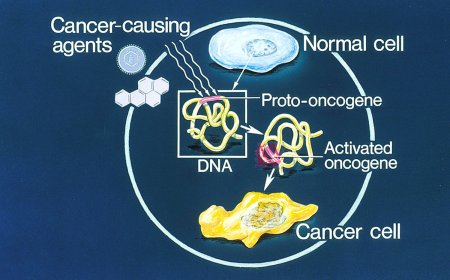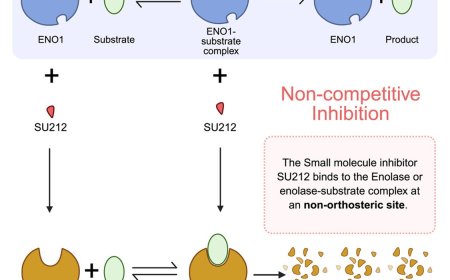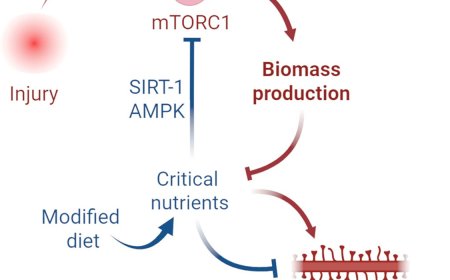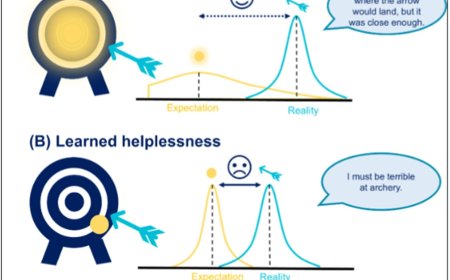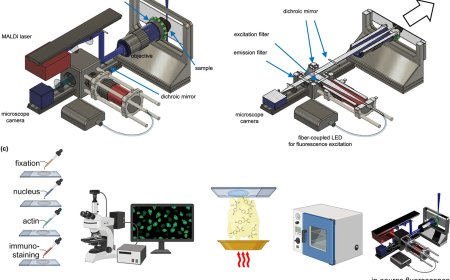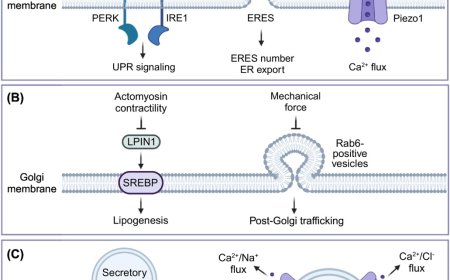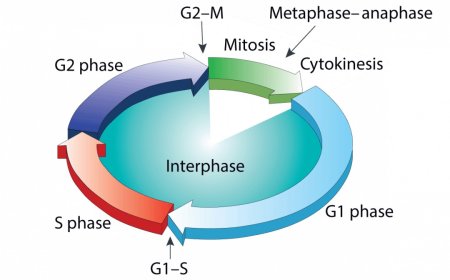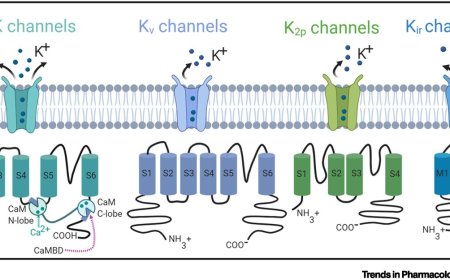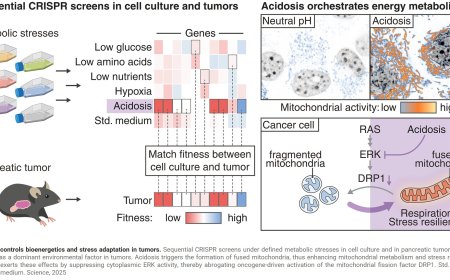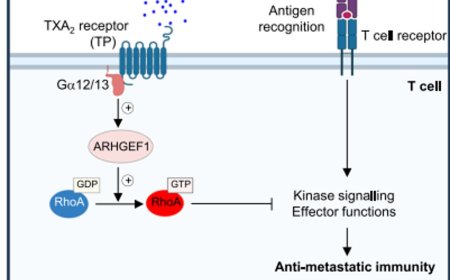What drives aggressive bone cancer?
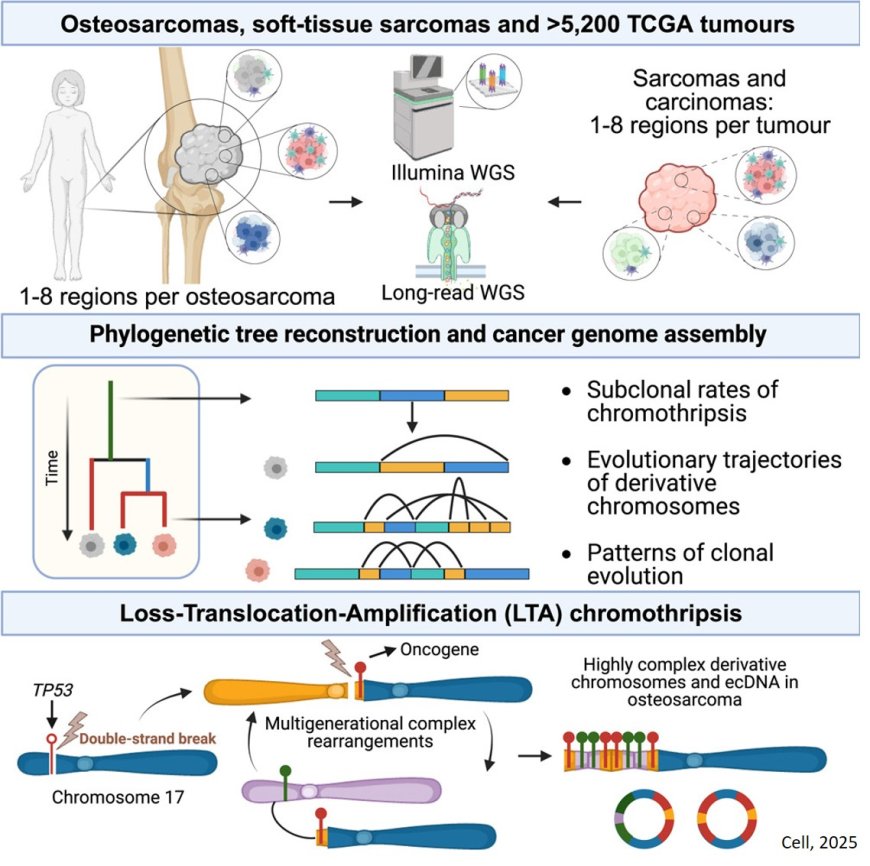
Osteosarcoma is a type of aggressive bone cancer that most commonly affects children and young adults between the ages of 10 and 20, during times of rapid bone growth. Although rare, it has a significant impact on young people and their families as treatment can require surgery or amputation. The cancer also has the potential to spread to other organs, most commonly the lungs. Because osteosarcoma is so genomically complex, it has been challenging to identify what genetic mutations drive the disease. As a result, there has been little advancement in treatment options over the past 40 years.
New research, published in the journal Cell, solves the mystery of what drives the genomic rearrangements causing the aggressive development and evolution of osteosarcoma tumors. By analysing the largest collection of whole-genome data from osteosarcoma patients, the researchers identified a new mutation mechanism, called loss-translocation-amplification (LTA) chromothripsis, which is present in approximately 50% of high-grade osteosarcoma cases.
This finding explains the unique biology that makes this tumor type so aggressive and the high levels of genomic instability observed in osteosarcoma cancer cells. The study also presents a prognostic biomarker – a biological characteristic of cancer cells that can help predict patient outcome – that might be used to anticipate the likely course of the disease.
"We've known for years that osteosarcoma cells have some of the most complex genomes seen in human cancers, but we couldn't explain the mechanisms behind this," said a co-senior author of the study. "By studying the genetic abnormalities in different regions of each tumor and using new technologies that let us read long stretches of DNA, we've been able to understand how chromosomes break and rearrange, and how this impacts osteosarcoma disease progression."
This study analysed multiple regions from each osteosarcoma tumor using long-read sequencing. This approach was crucial in identifying the LTA chromothripsis mechanism and discovering that chromosomes rearranged in cancer cells continue to acquire additional abnormalities as cancer progresses. This helps tumors evade treatment.
The researchers also analysed whole-genome sequencing data from over 5,300 tumors from diverse cancer types. Through this broader analysis, the researchers identified that very complex chromosomal abnormalities in various cancers arise because chromosomes affected by chromothripsis are highly unstable. This finding has significant implications for the treatment of diverse cancer types, suggesting that the genomic instability of complex chromosomes seen in osteosarcoma progression is also relevant to other cancers.
“Our additional analysis of different tumor types has shown that chromosomes affected by complex genomic rearrangements are also common and unstable in other cancers,” said a co-first author of the study. “This has a huge impact on our overall understanding of cancer development, highlighting the importance of investing in studies that explore these mechanisms.”
By analysing genomic data from a large cohort of osteosarcoma patients, the researchers uncovered the prevalence of LTA chromothripsis in approximately 50% of both paediatric and adult high-grade osteosarcomas. However, it very rarely occurs in other cancer types, thus highlighting the need for large-scale analysis of rare cancers to identify the distinct mutations that underpin their evolution.
Predicting the prognosis – the likely course of the disease – for osteosarcoma patients remains a major unmet need. As part of this study, the team also presented a novel prognostic biomarker for osteosarcoma: loss of heterozygosity (LOH). LOH occurs when one copy of a genomic region is lost. In osteosarcoma, a high degree of LOH across the genome predicts a lower survival probability.
"This biomarker could help us identify patients who are unlikely to benefit from treatment which can have very unpleasant effects and which patients find difficult to tolerate,” said another co-senior author of the study. “This is invaluable for providing patients with more tailored treatments and help spare unnecessary effects of toxic therapies.”
